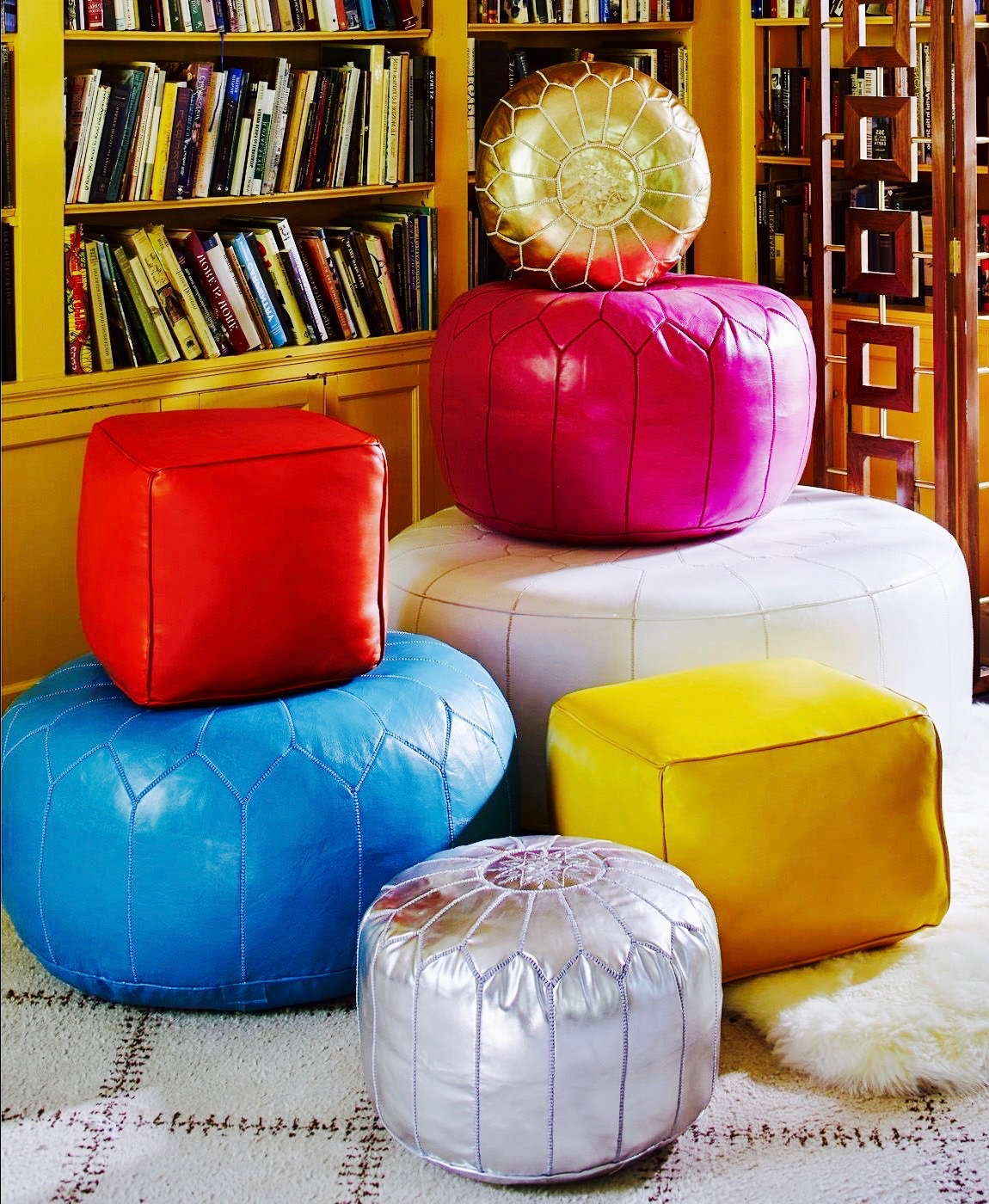The origin
The origin of the pouf, also known as ottoman in many cultures, can be traced back to the Ottoman Empire, which spanned three continents for more than six centuries. The pouf became an essential part of daily life, serving multiple purposes – from seating to a footrest and even as a side table. In Morocco, the pouf quickly became ingrained into the culture, distinguished by its unique design, craftsmanship, and functionality.

